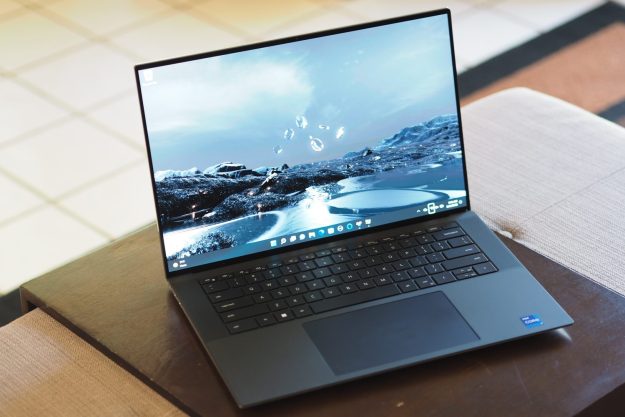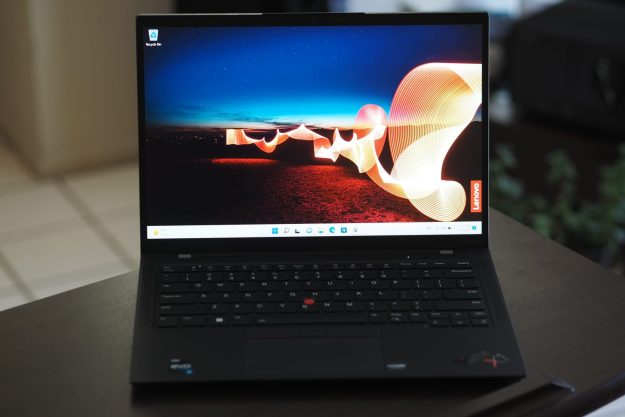Lenovo recently released the ThinkPad X1 Carbon Gen 8, which we found to be a highly refined and attractive rendition of one of the mainstays of the ThinkPad line of business laptops. Standing in its way is one of the best laptops money can buy, period: The Dell XPS 13 Tiger Lake version, a flagship Dell model for 2021. The Dell isn’t officially aimed at business users, but it certainly provides the proper mix of performance, build quality, and support.
Also, the XPS 13 beat the ThinkPad X1 Carbon to Intel’s 11th-gen CPUs, incorporating the Tiger Lake version in a recent refresh. That gives the Dell another leg up. Can the ThinkPad X1 Carbon compete?
Design
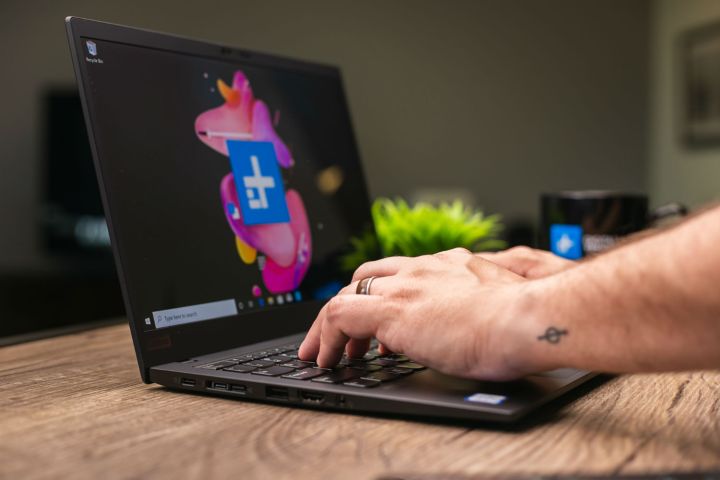
The refreshed XPS 13 has essentially the same design as the previous version, with the same tiny bezels and very small chassis, and excellent build quality thanks to a mix of aluminum in the shell and woven carbon fiber making for a comfortable keyboard deck. Its aesthetic is also unchanged, and it still comes in three color schemes — Silver, Rose Gold, and White.
The ThinkPad X1 Carbon underwent more of a change in this generation. It’s thinner, smaller, and lighter than the previous Gen 6 version while still being constructed of a mix of magnesium alloy and carbon fiber. The lid on the version that ships with the new 4K display (more on that later) has a woven carbon fiber pattern that’s quite attractive, but otherwise this is the same iconic black chassis with red accents that adorns the majority of ThinkPads.
The XPS 13 has the same snappy keyboard that fixed the mushy feel of some earlier versions, and we like it. The ThinkPad X1 Carbon sacrificed some key travel in this version to make the chassis thinner, but it’s still quite deep and has a precise mechanism.
Both laptops enjoy excellent touchpads with Microsoft Precision driver support, and so both support Windows 10 multitouch gestures. The ThinkPad has the usual TrackPoint nubbin in the middle of the keyboard if you’re into that sort of thing, while the XPS 13 stands out in having touch display options as well.
Both laptops offer excellent display options. The XPS 13 can be equipped with a Full HD (1,920 x 1,080) touch or non-touch display, up to a 4K (3,840 x 2,160) display that offers a wider color gamut, more accuracy, higher brightness, greater contrast, and Dolby Vision high dynamic range (HDR) support for streaming.
The ThinkPad X1 Carbon offers a 4K option too, and it’s a good one — colors aren’t quite as wide or accurate, but its Dolby Vision HDR support is deeper than the Dell’s. You can also select a low-power Full HD display that will significantly extend battery life.
Finally, the ThinkPad X1 Carbon connectivity options include two USB-C ports with Thunderbolt 3 support, an Ethernet/docking station connector (that unfortunately requires an optional adapter), two USB-A Gen 1 ports, and a full-size HDMI 1.4 port.
The XPS 13, on the other hand, keeps things simple with two of the latest Thunderbolt 4/USB-C ports for top speeds, although you don’t get additional connection options like HDMI or USB-A. The XPS 13 does beat out the ThinkPad in possessing a microSD card reader. Both laptops have updated Wi-Fi cards that can handle Wi-Fi 6.
Performance
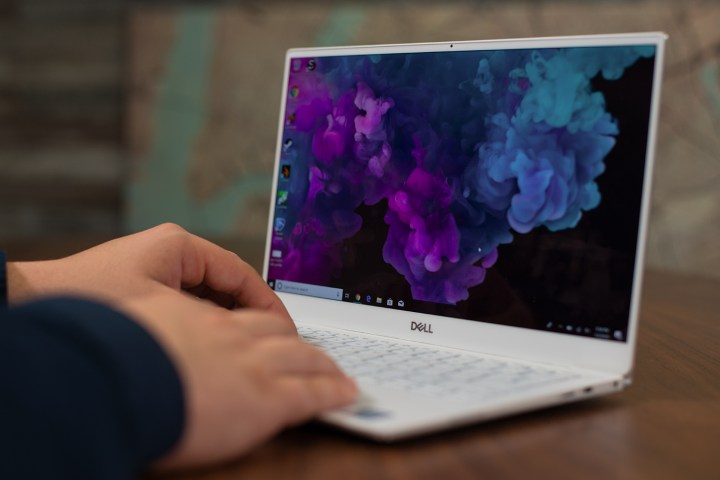
The latest XPS 13 benefits from shipping with Intel’s 11th-gen Tiger Lake CPUs, which our review found to be significantly faster than 10th-gen chips in previous XPS 13s, making it an easy choice if you are primarily interested in speed and efficiency. Any video or photo editor who wants a highly portable powerhouse will want to consider the XPS 13.
At this point, the ThinkPad X1 Carbon remains on Intel’s four-core 10th-gen CPUs, which are still plenty fast and efficient but not quite comparable to what the 11th-gen can do on the XPS. However, unless you are really interested in pushing the limits of what your laptop can accomplish or need to run particularly demanding software, the 10th-gen and 11th-gen processors are similar enough for the casual user and don’t need to be a deciding factor.
Portability
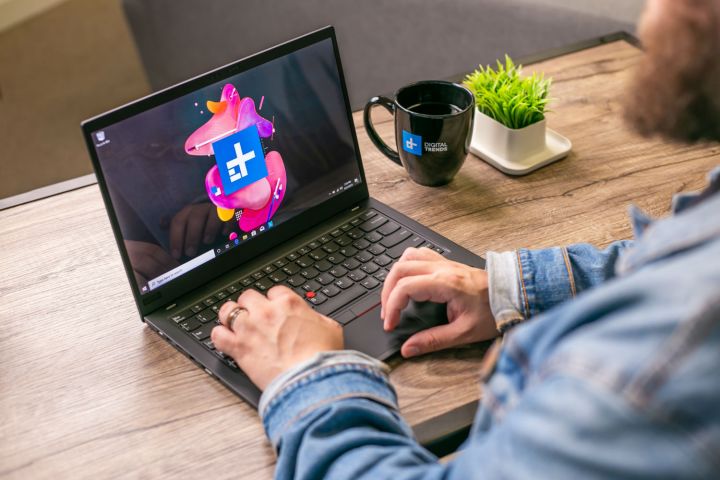
The XPS 13 is a much smaller laptop in width and depth thanks to some of the smallest bezels you’ll find surrounding a 13.3-inch display. It’s 0.58 inches thick and weighs 2.64 pounds. That compares to the ThinkPad X1 Carbon that’s 0.59 inches thick and weighs less at 2.4 pounds. The XPS 13, therefore, takes up less space in your backpack, but it will weigh you down just a bit more. But both are easy to carry around.
When it comes to battery life, the XPS 13’s Tiger Lake processor is a bit greedier, running through the 52 watt-hour battery faster than its predecessors, lasting for 12 hours on our video loop test and 8.5 hours on our web benchmark test. The X1 Carbon Gen 8 offers a slightly less powerful battery that is nonetheless more efficient than the current XPS 13 and will add an hour or two onto your charge.
The Dell XPS 13 is more up to date and remains at the top

The XPS 13 starts at $1,099 with a Core i5-1135G7 CPU, 8GB of RAM, a 256GB PCIe NVMe solid-state drive (SSD), and a 13.4-inch non-touch Full HD display. It tops out at $2,200 for a Core i7-1185G7 CPU, 32GB of RAM, a 1TB PCIe NVMe SSD, and a touch 4K display.
The ThinkPad X1 Carbon Gen 8 is a more costly laptop. It starts at a $2,319 for a Core i5-10210U CPU, 8GB of RAM, a 256GB PCIe SSD, and a non-touch Full HD display. You can spend as much as $3,719 for a Core i7-10610U CPU, 16GB of
The Lenovo ThinkPad X1 Carbon Gen 8 is the best version yet, but it can’t beat out the latest Dell XPS 13 on performance or price. Then again, not many laptops can.
Editors' Recommendations
- Lenovo ThinkPad deals: Save over $1,000 on the classic laptop
- Best Dell XPS deals: Save on Dell XPS 13, Dell XPS 15 and Dell XPS 17
- Dell just hit reset on the XPS
- The best Lenovo laptops for 2023: ThinkPad, Yoga, and more
- This tiny ThinkPad can’t quite keep up with the MacBook Air M2

